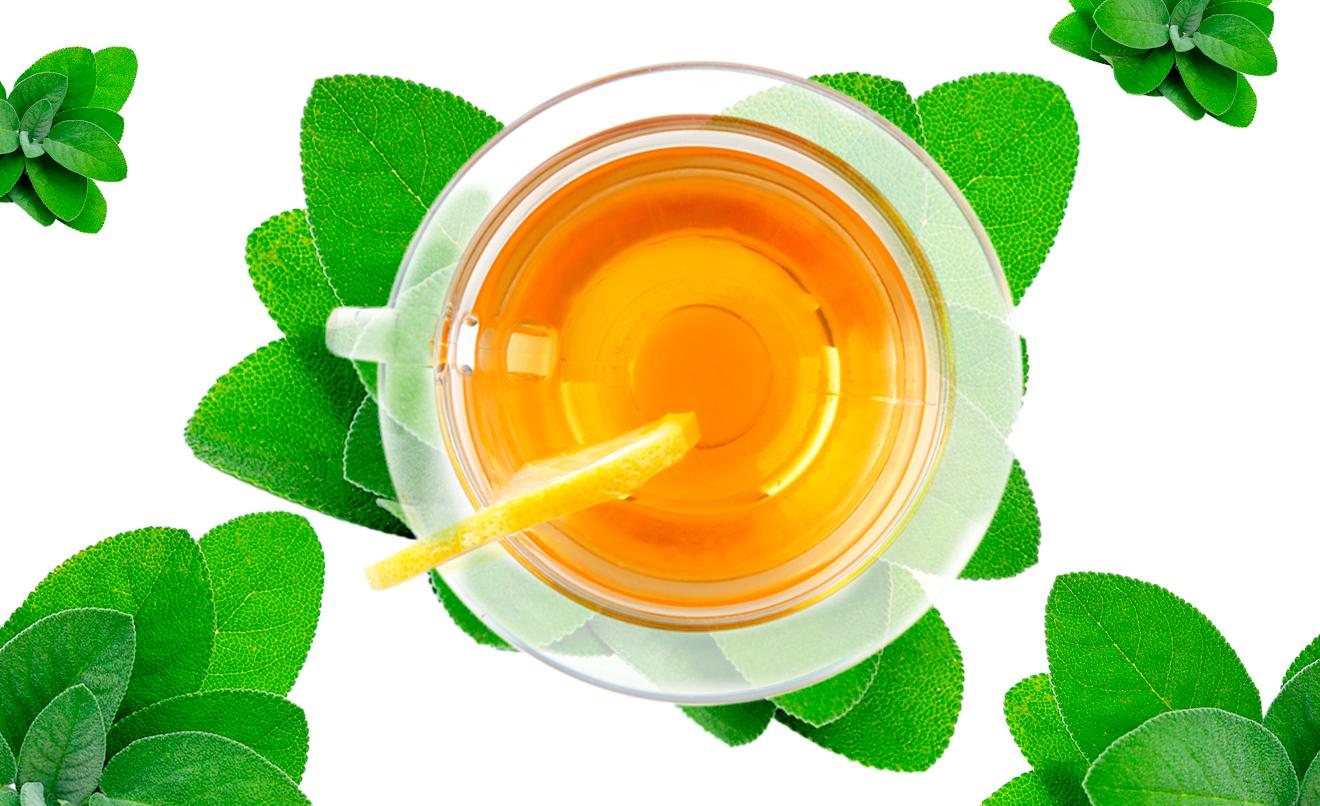
Even in ancient times,
people used medicinal plants in herbal teas or infusions to cure several
disorders. Nowadays, they are still a common preparation to mitigate many kinds
of discomfort.
A legendary origin
According
to the legend, the origin of infusions seems to date back to 2737 BC, in the time
of the Chinese emperor Sheng Tun, when water had to be heated before being
consumed. One day, while he was resting in the countryside, some tea leaves
fell into his bowl because of the wind, and the emperor tasted the liquid, as
he liked its aroma. The consumption of this new drink was initially popular among
the wealthy classes, and then throughout China and worldwide, other beneficial
plants with medicinal properties were also used.
Not
all medicinal drinks are prepared in the same form. It is important to know how
to prepare them to benefit from all their therapeutic and aromatic properties.
The method of preparation will depend, especially, on the part of the plant that
we use.
GEEN ANISE (Pimpinella
anisum L). Contributes to eliminating
flatulence and reducing bloating. Its fruits contain an essence with digestive
properties.
HORSETAIL (Equisetum arvense L.). Depurative and remineralizing.
Facilitates the elimination of toxic waste, as it stimulates kidney function.
FENNEL (Foeniculum vulgare Miller). Reduces
abdominal bloating, avoids gas formation, and enhances digestion.
CHAMOMILE (Matricaria chamomilla L.). Enhances the secretion of gastric
juices and facilitates digestion, as it fights nausea and vomiting.
LEMON BALM (Melissa officinalis L). Soothes nervousness
and upset stomachs.
PENNYROYAL (Mentha pulegium L.). Useful after heavy
meals to tackle heaviness and bloating.
SAGE (Salvia officinalis L.). Works with
flavonoids to balance the hormonal system and regulate the menstrual cycle. Expectorant
and useful in colds.
LINDEN (Tilia platyphyllos Scop.). Useful to soothe
nervousness and anxiety and enhance sleep.
THYME (Thymus vulgaris L.). Helps reinforce the
body’s defenses and soothes sore throats and coughs thanks to thymol.
LIQUORICE (Glycyrrhiza glabra L.).
Protects the stomach mucosa
from the corrosive action of gastric juices, soothes acidity, and improves heaviness.
STEVIA (Stevia
rebaudiana). Stevia
leaves are traditionally used to treat different metabolism disorders and have
a high-sweetening powder with a glycemic index of zero.
SEN (Cassia angustifolia Vahl). Laxative. An
infusion at night will enhance gut mobility the next morning, facilitating
transit.
HAWTHORN (Crataegus oxyacantha Auct). Works on the
circulatory system, ensuring the heart has a greater supply of oxygenated blood.
It also has sedative properties in cases of irritability and nervousness.
TEA (Thea sinensis L.). Antioxidant and
anti-aging actions thanks to its content of polyphenols. Stimulant effect that
makes us stay awake.